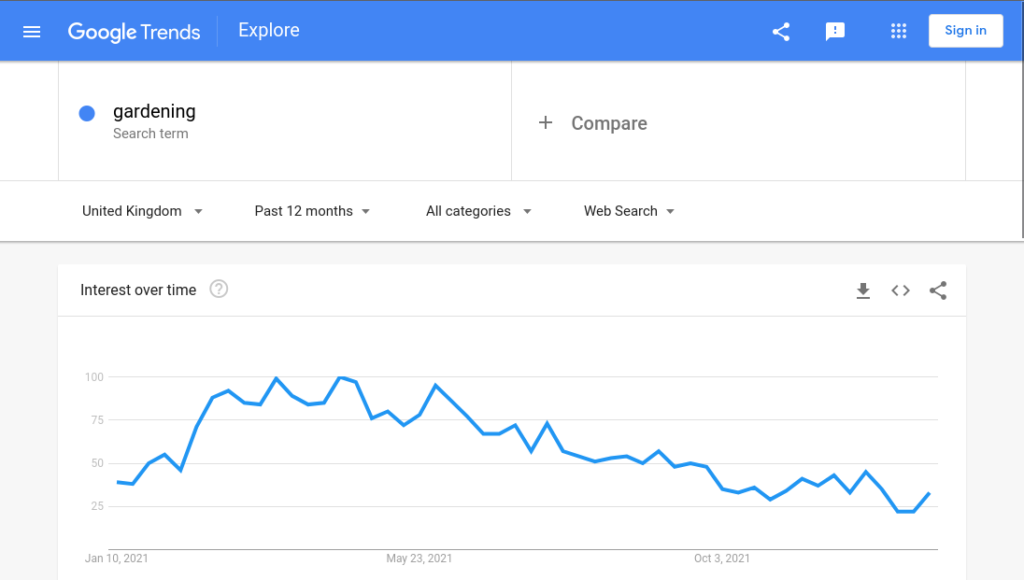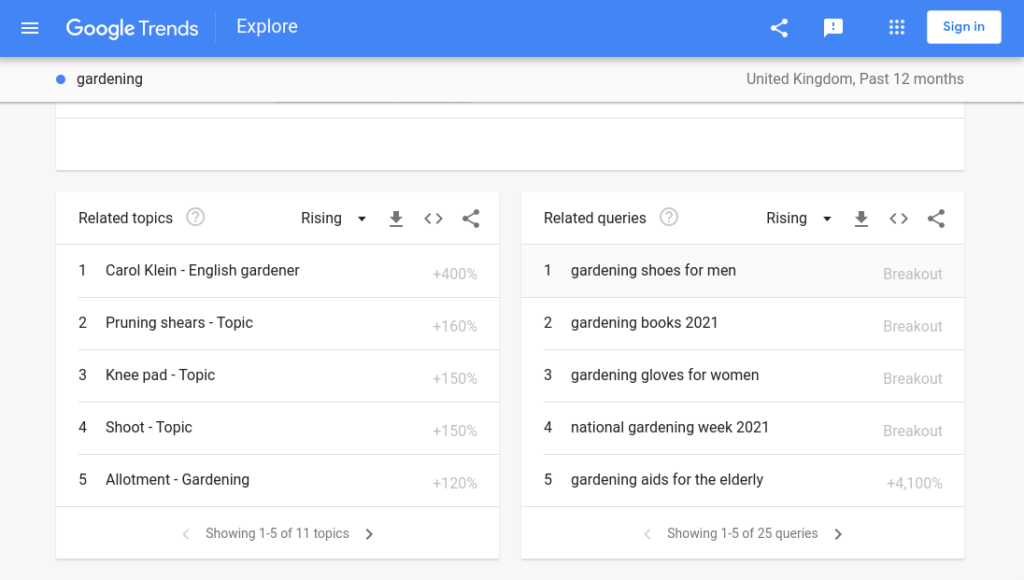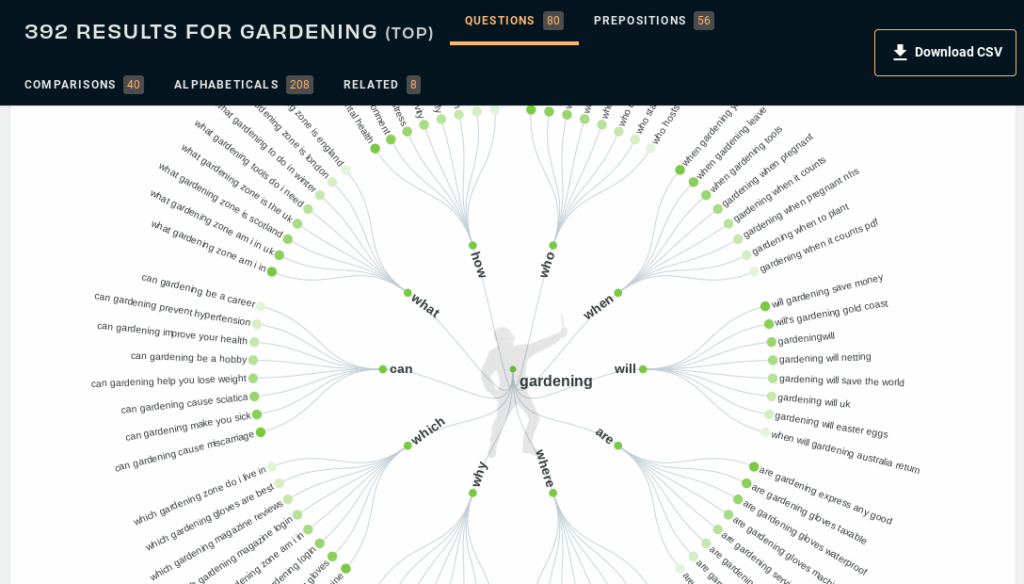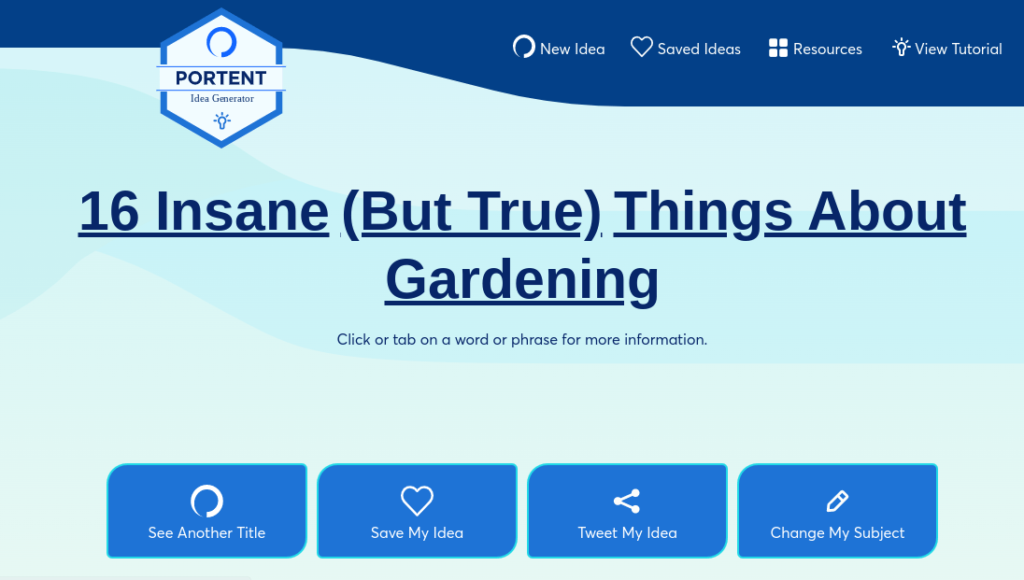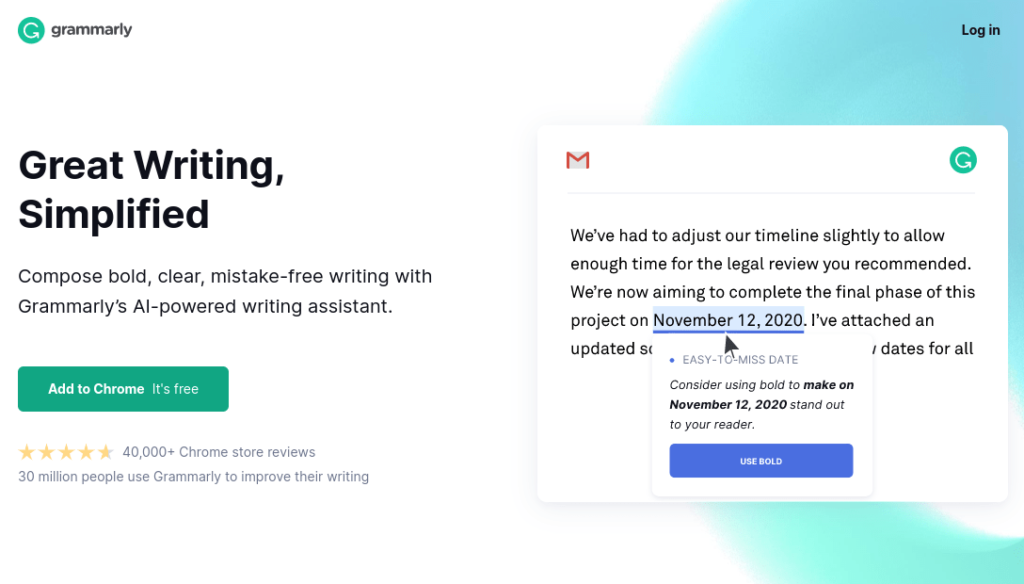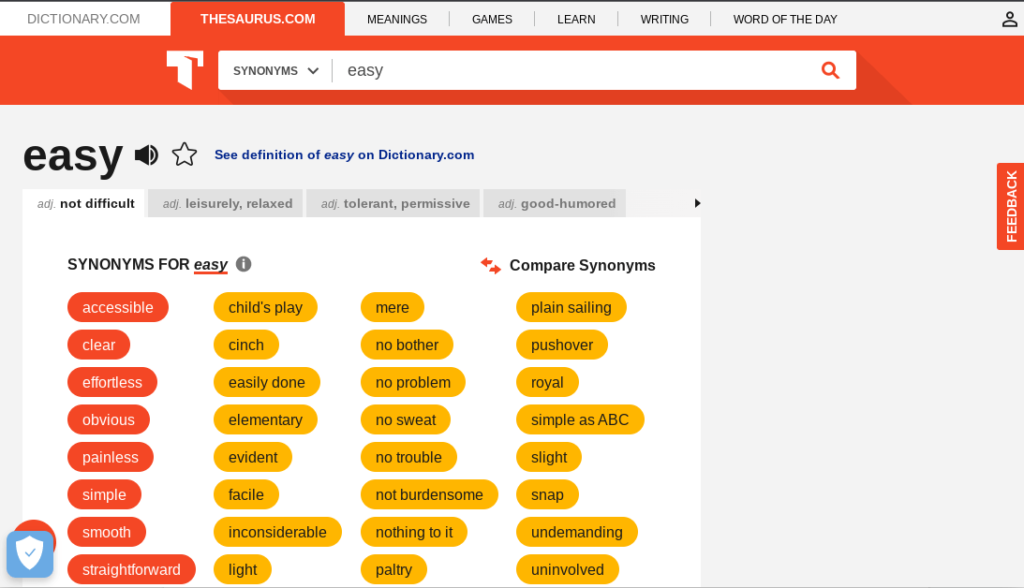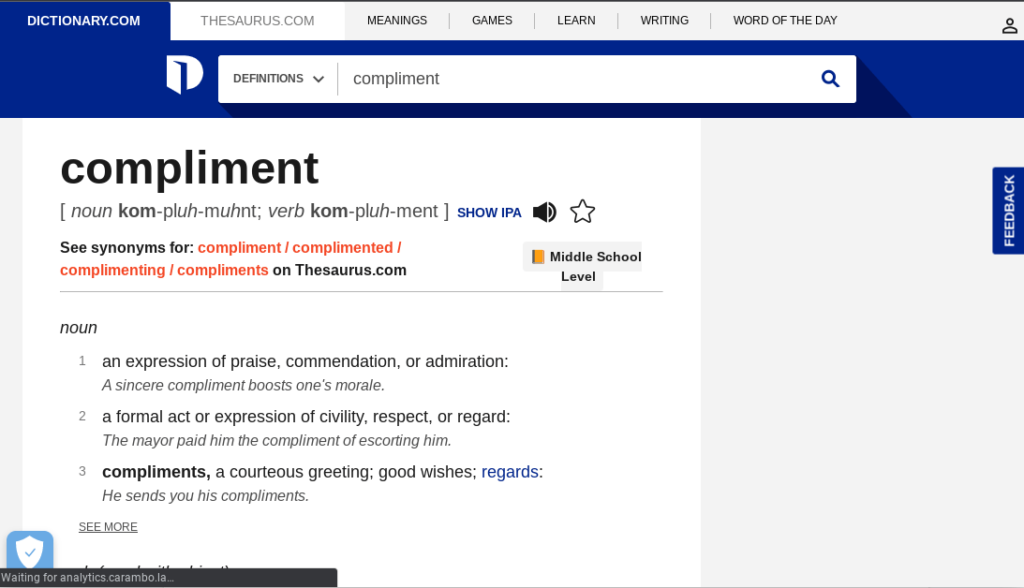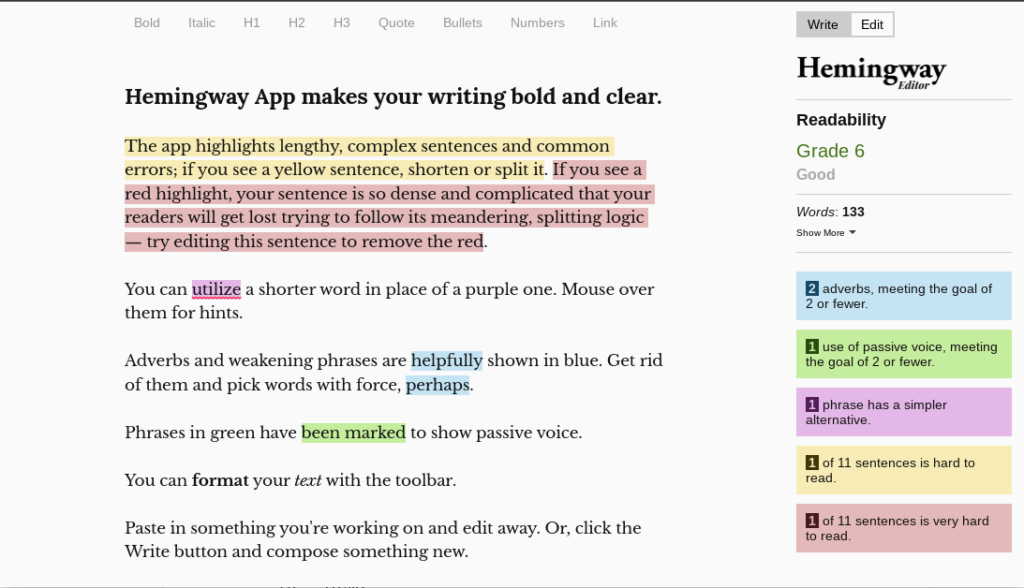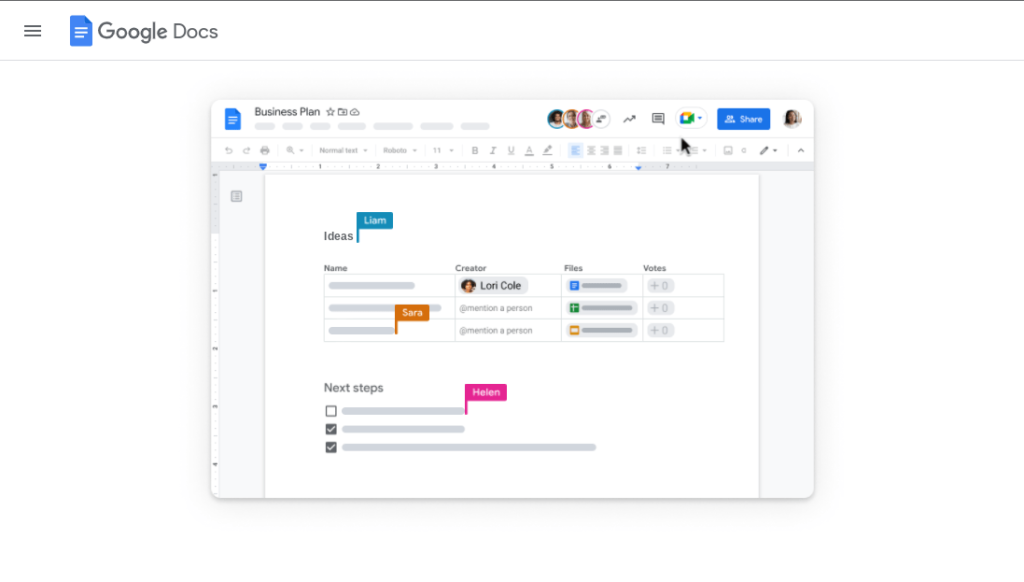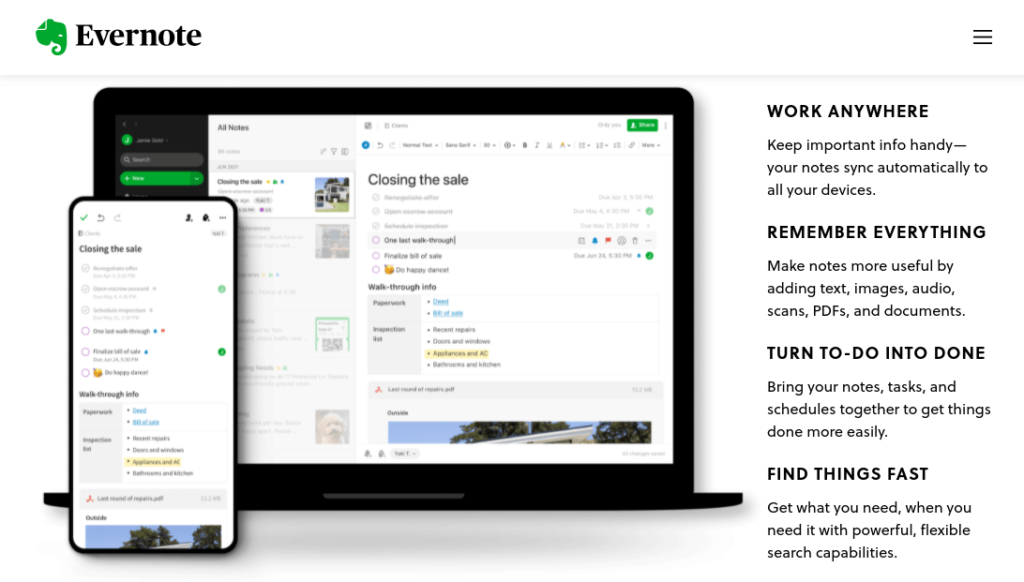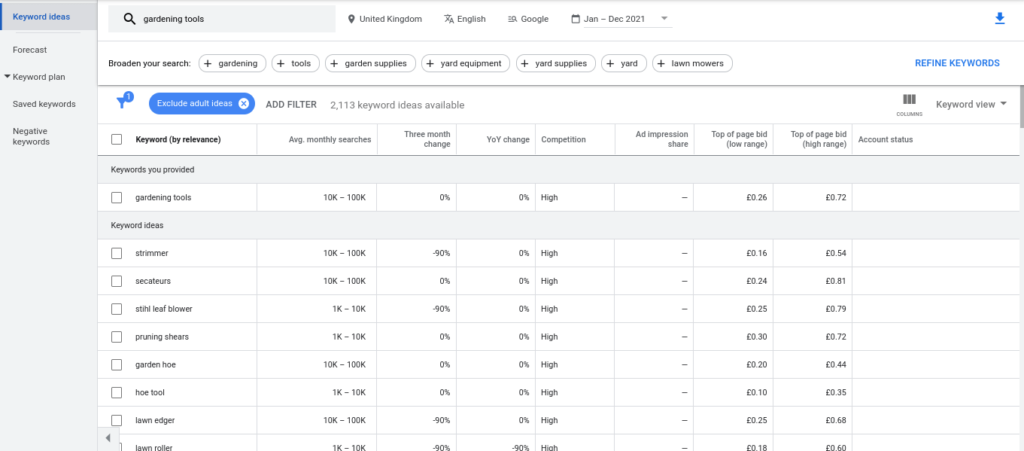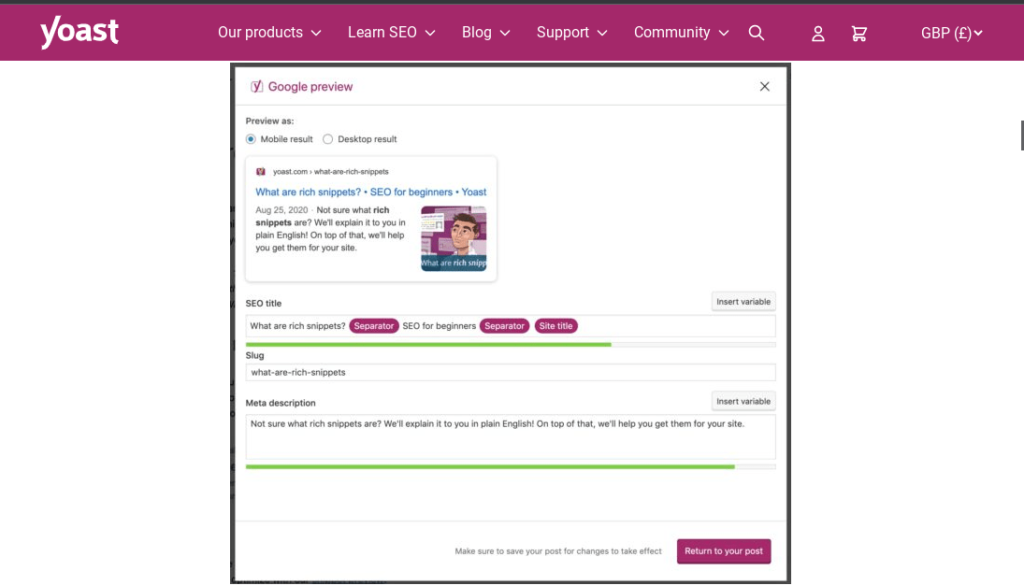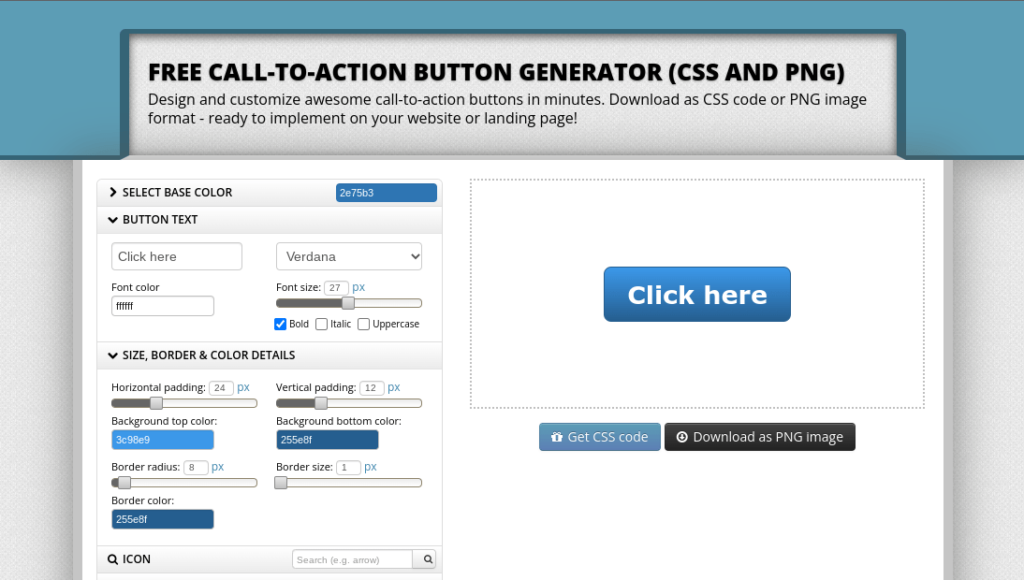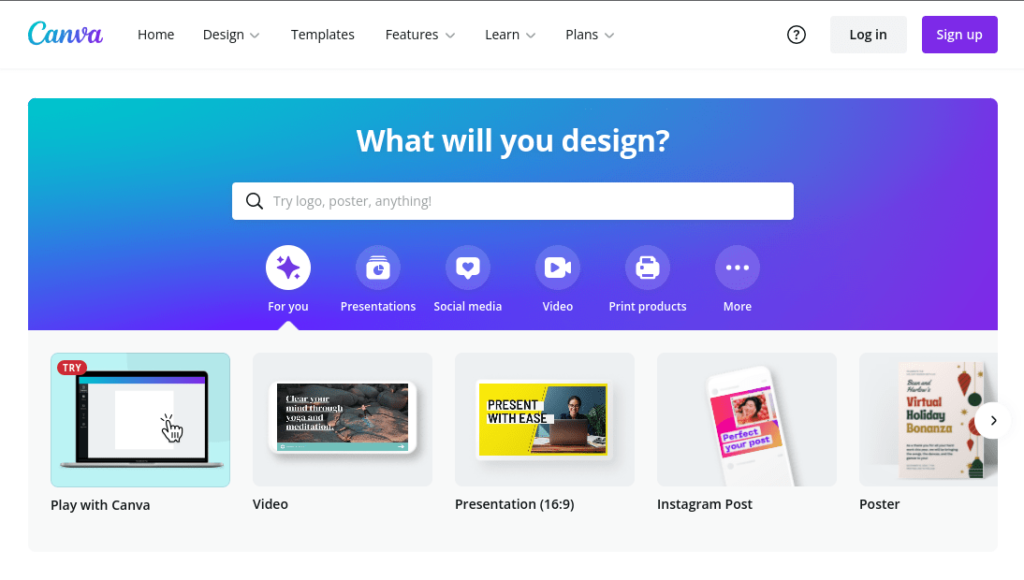From food to fashion, one rule always applies: quality beats quantity.
Your business blog posts are no exception to this rule. As the cornerstone of any successful content marketing strategy, your blog posts should consist of high-quality content at all times.
So what constitutes high-quality content?
Writing 2000 words of poorly-researched, keyword-heavy content is unlikely to help your readers — so it won’t rank well, or convert them into customers. In fact, keyword-stuffing in content is often cited as an example of black hat SEO — meaning it can actually damage your ranking prospects.
In which case, you may have wasted precious writing time on a blog post that’s not only ineffective, but harmful to your website.
But while it’s far better to create shorter, more informative blog posts than it is to churn out long-form content that doesn’t contribute much to the conversation, word count is important in your blog posts. Long-form content often ranks better than shorter content — and understanding why is crucial for blogging success.
Here’s why you need to focus on word count in your blog posts — without compromising on quality and research.
1. Keyword density
Keyword density refers to the percentage of targeted keywords in the total word count of your blog post. For example, if your keyword appears 10 times in a 1000-word post, your keyword density is 1%.
Most experts agree that optimum keyword density is 1-2%. If you go much over this, it could signal to search engines that you’re using keyword stuffing techniques — and they may penalise you in your search rankings.
Long form articles allow you to include your keywords many times over, without overdoing it in terms of keyword density. It’s a great way to tell search engines what your article is about, while keeping your keywords in proportion to the full length of the article.
2. Format and reader expectation
Search engines know what kind of content readers are searching for. They serve up what they believe to be the most relevant, informative content that matches what searchers want to see. Search engines use article length as an indicator of subject knowledge — assuming the more you’ve written about a topic, the more you know about it.
This changes from format to format. Listicles are often shorter than whitepapers. News articles are typically shorter than online research papers. What’s important is that you understand the kind of word count a reader expects to encounter when they search for your topic. For example, someone searching for “gift ideas for friends” is likely to expect listicle-style articles; someone searching for “how to make new friends” is more likely to want in-depth guidance and advice. So a blog post targeting the latter keyword is likely to have a higher word count than the former.
3. Make your blog posts competitive
Here’s some great advice when it comes to blogging competitively: read your competitors’ posts.
Search the keyword you want to target. Open each of the top 10 ranking articles and read them. See what information they include; the style and format they use; the tone of voice; the word count of each article.
Then write something better.
Search engines should be unbiased — they should have no vested interest in helping certain sites rank above others, besides giving the reader useful information. If you’re offering something better than everyone else, your blog post should reach those coveted top 10 ranking spots in no time.
4. Grow your backlinks
The longer your blog post is, the more opportunity you have to include relevant research — and that includes linking to other sites.
Links are important because they help search engines a) find your website and b) see that you’re a trustworthy source. By linking to appropriate websites — popular news articles, academic journals, and other high-authority sites — you can signal to search engines that you’ve done your research.
When you’re seen as a reliable source, other sites may start linking to yours — which helps you build a strong network of backlinks. Backlinks are a huge factor in helping your site rank well, so by doing more research and increasing your blog word count, you can boost your web presence.
5. Write helpful content
This is the number one reason to increase the word count of your blog posts.
You’re great at what you do — and your blog is an opportunity for you to share your knowledge with your customers. By writing long-form blog posts that are informative, relevant, and easy to read, you can create a huge bank of knowledge for your customers to draw on whenever they need to.
No matter what industry you work in, the internet is a key tool for your customers. They’ll use it to solve problems, manage their day-to-day tasks, and find new brands to buy from. Your blog has the potential to put you front and centre - but only if you consistently write useful content that helps your customers.
How long should your blog posts be?
Word count is just one of a number of factors that impacts SEO, so there’s no golden number that will bump your post up through the search rankings. However, tests have shown that increasing word count does have a positive impact on SEO — provided your content adds extra value to your blog post.
That said, marketing experts recommend a minimum of 2000 words per blog post.
Yup — 2000 words is a lot. And when you’re running a business at the same time, it can seem almost impossible to reach that kind of word count without focusing full-time on your blog. Which, let’s face it, isn’t feasible for any business model.
If you want to make a big impact on your site SEO with blogging, you can consider hiring a content writer to write long-form blog content for you. Professional writers are used to writing thousands of words every day — so they won’t bat an eyelid at keeping your blog up-to-date with extended blog posts.
How to increase the word count of your blog posts
If you want to keep your blog writing in-house for the time being, here are some ways you can increase the word count of your blog posts, while maintaining quality in your content.
1. Do your own research
By conducting your own tests around your subject, you’re contributing valuable information to the content in your industry.
Whether your research results confirm or challenge someone else’s claim, new primary data is a great way to become an authority on your subject, add new voices to the conversation — and extend your blog posts.
2. Answer multiple questions in a single blog post
Don’t use a single blog post to answer a single question. If someone enters the search query “how to lose weight”, they probably have a lot more questions that follow on from this. Which is more effective: diet or exercise? Which diets are fad diets? Is it safe to count calories? When I’ve lost weight, how can I keep it off?
These are all questions you can address in a long-form blog post, giving your readers all the information they need in a single article.
3. Don’t add in unnecessary words
Remember how you used to add in a few extra adjectives to meet word counts in school essays? Don’t do that.
Your blog post should be as concise as possible. Readers want useful information quickly, and if you don’t deliver, they’ll soon find a site that does. Besides, flowery language and over-the-top adjectives are best left to the poets of the world.
How to make the most of your small business blog
If you're serious about improving SEO for your site, the most effective thing you can do is create a content marketing strategy.
An effective content marketing strategy uses blog posts and website content to help new customers find you online. You'll build a relationship with them until they're ready to buy -- and when that happens, you'll be their first port of call.
Related articles:




